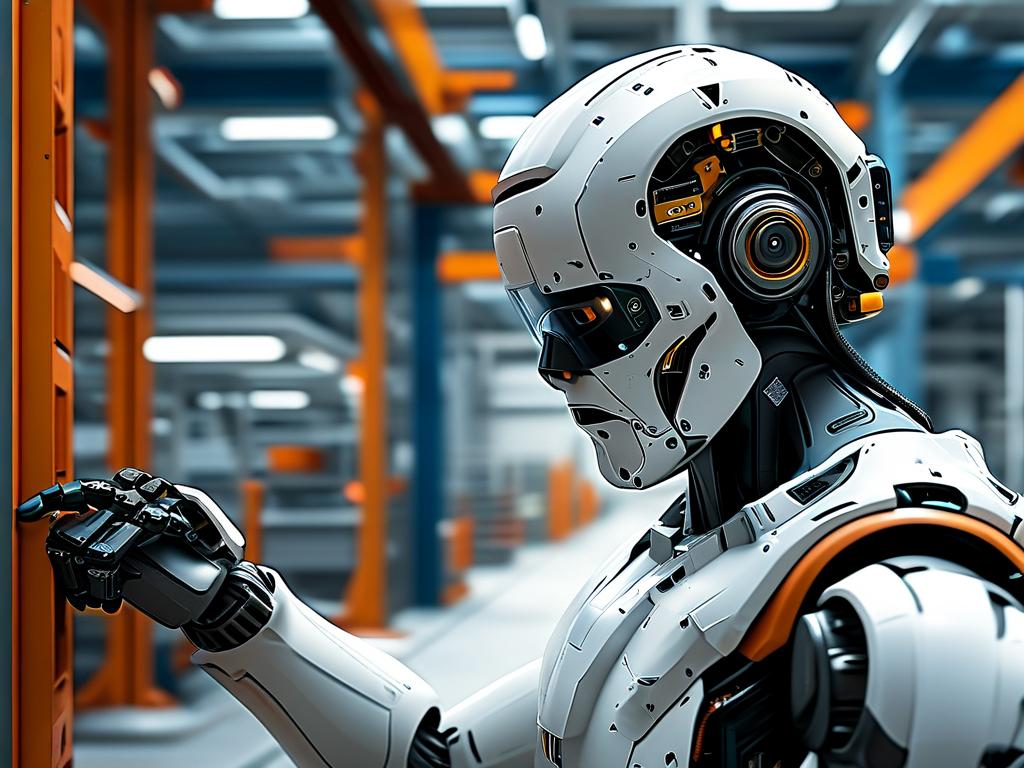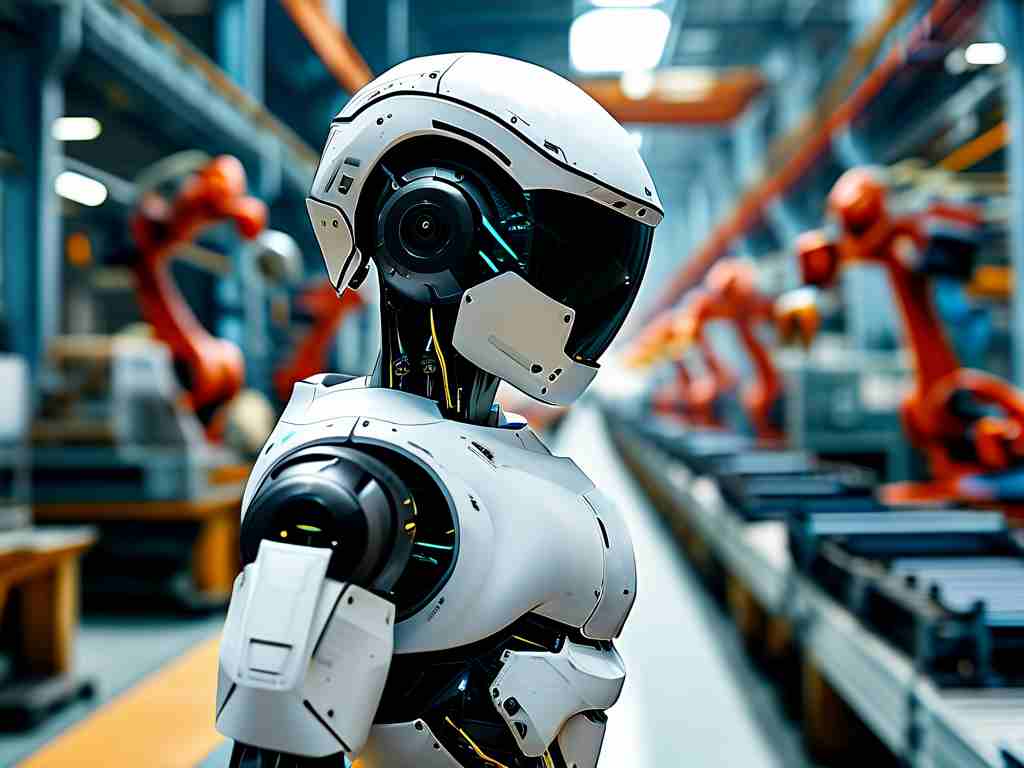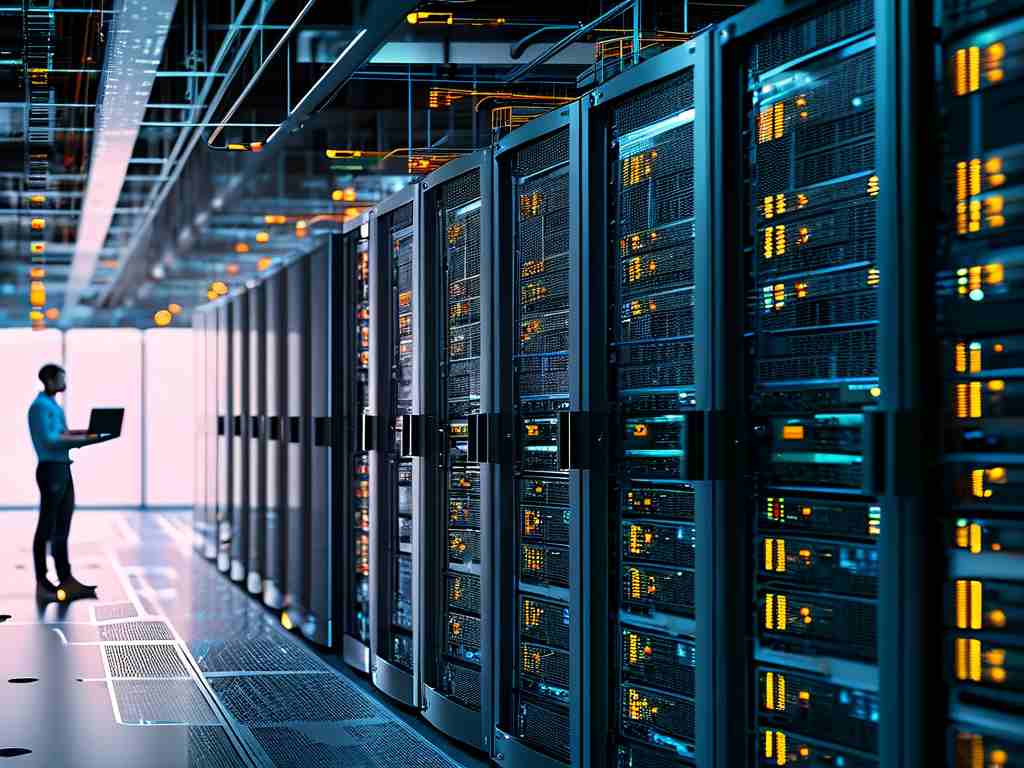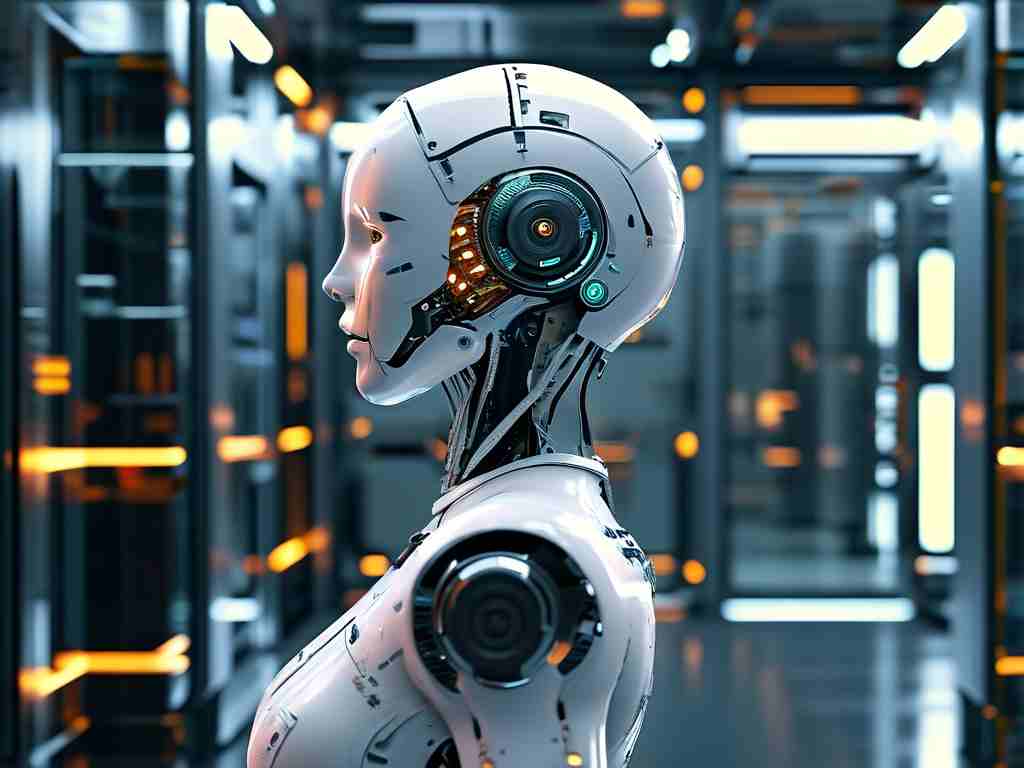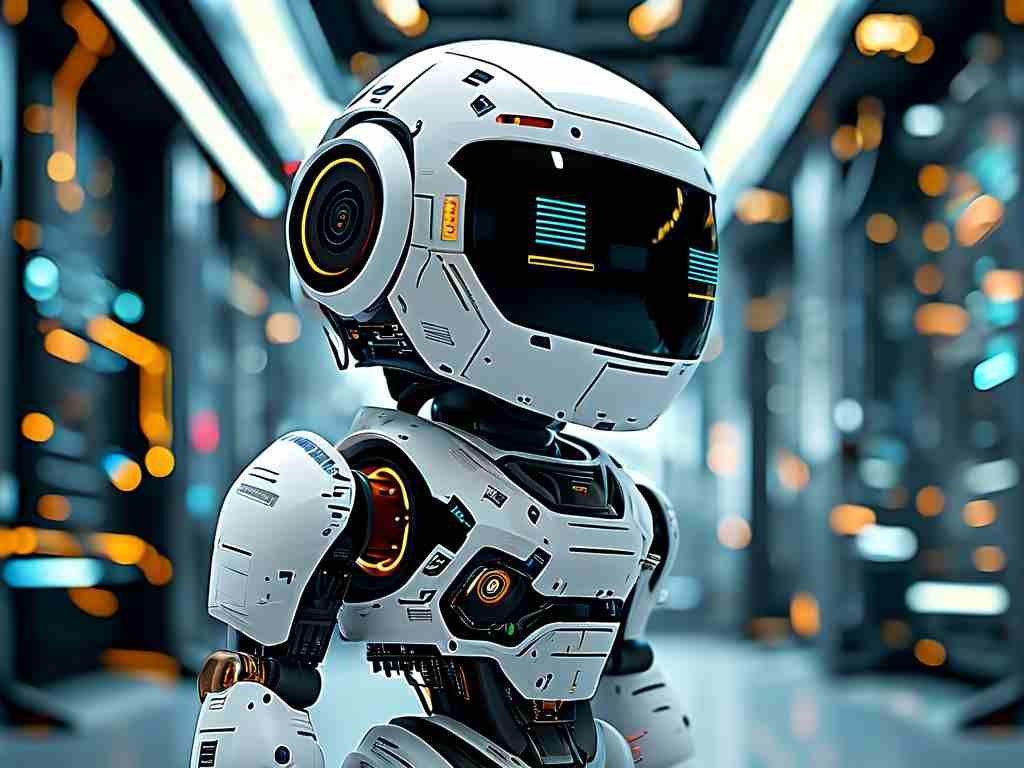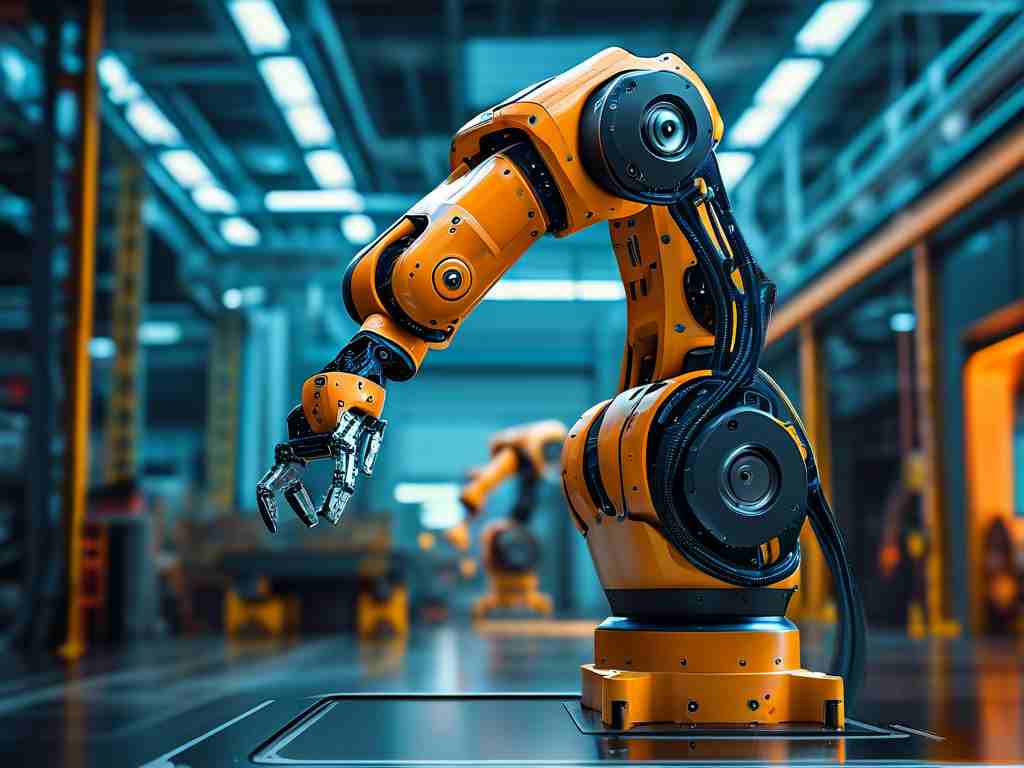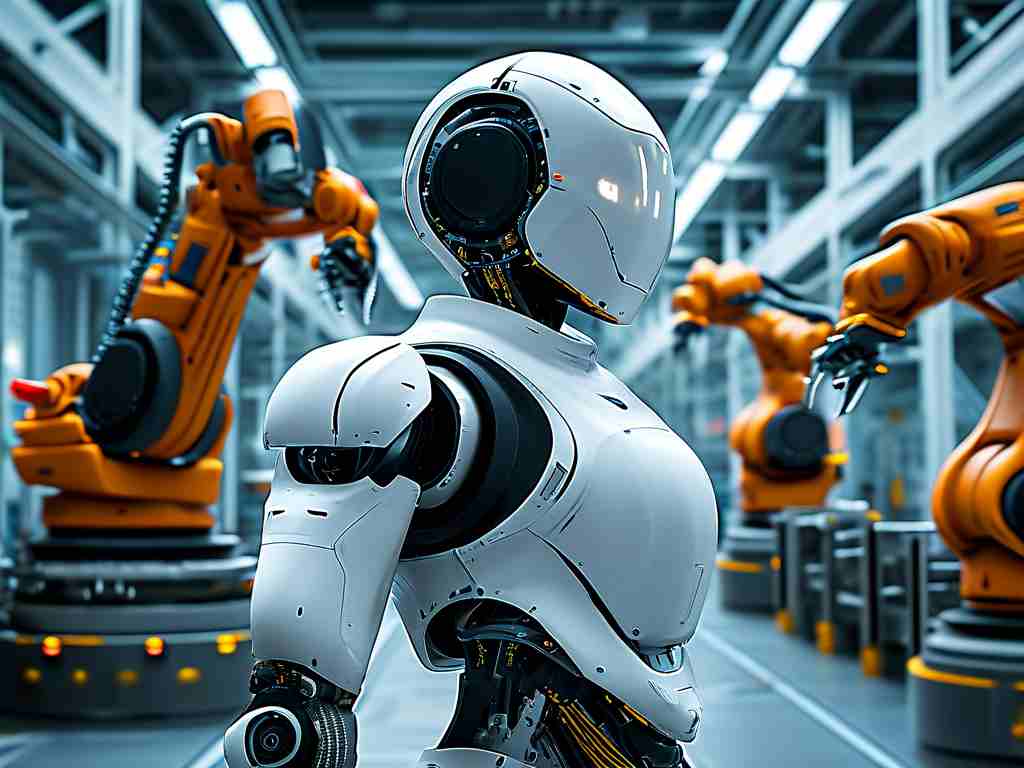The integration of robotics and artificial intelligence has revolutionized how industries handle product identification and quality control. In recent years, product recognition robot technology has emerged as a cornerstone of modern manufacturing, logistics, and retail operations. This article explores the mechanisms driving these systems, their real-world applications, and the challenges shaping their future development.
Core Principles of Product Recognition Robotics
At its foundation, product recognition robotics combines computer vision, machine learning algorithms, and precision mechanical systems. These robots utilize high-resolution cameras and advanced sensors to capture detailed product attributes, from geometric dimensions to surface textures. Unlike traditional barcode scanners, modern systems employ deep learning models trained on vast image datasets, enabling identification of items even when partially obscured or damaged.
A key innovation lies in multi-spectral imaging. By analyzing products under varying wavelengths – including infrared and ultraviolet – robots can detect imperfections invisible to the human eye. For instance, food processing plants now deploy these systems to identify bruised fruits or contaminated grains with 99.8% accuracy, significantly reducing waste.
Industrial Applications Across Sectors
-
Manufacturing Quality Assurance
Automotive assembly lines now integrate robotic arms equipped with 3D vision systems. These units verify component placements within 0.05mm tolerance thresholds while simultaneously checking for surface defects. BMW's Leipzig plant reported a 40% reduction in assembly errors after implementing such systems in 2022. -
Pharmaceutical Verification
Regulatory-compliant robots now authenticate medication packaging by cross-referencing holographic seals, batch numbers, and pill morphology. The European Medicines Agency recently mandated this technology to combat counterfeit drug distribution. -
Retail Inventory Management
Walmart's automated distribution centers feature mobile robots that scan 30 products per second while navigating warehouse aisles. This system reduced inventory discrepancies by 72% compared to manual tracking methods.
Technical Challenges and Solutions
While transformative, product recognition robotics faces significant hurdles. Variable lighting conditions remain a persistent issue – a robot trained in controlled factory lighting may struggle in dimly lit warehouses. Developers are addressing this through adaptive neural networks that dynamically adjust image processing parameters based on environmental inputs.
Another challenge involves handling reflective or transparent materials. Glass bottle manufacturers initially struggled with false defect detection until engineers implemented polarized lighting arrays combined with terahertz wave scanners. This hybrid approach now achieves 98% accuracy for transparent container inspections.
The Human-Robot Collaboration Paradigm
Contrary to displacement fears, these systems are creating new workforce opportunities. Siemens' "cobot" (collaborative robot) initiative trains technicians to program and maintain vision-guided robots. The company reports that each automated inspection station generates 1.8 new technical support roles on average.
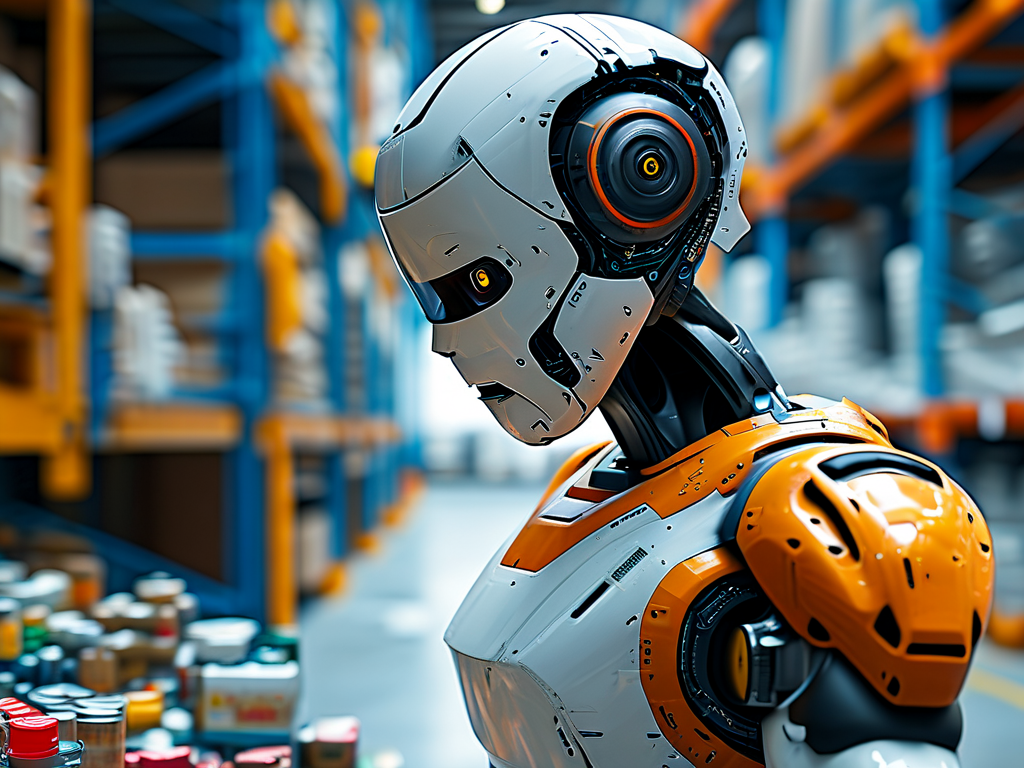
Emerging interfaces now allow quality control staff to "teach" robots through augmented reality overlays. Workers can circle defects on a tablet interface, with the system incorporating these annotations into its learning models in real time.
Ethical and Regulatory Considerations
As recognition systems grow more sophisticated, privacy concerns emerge – particularly in retail environments tracking customer interactions. The EU's proposed Artificial Intelligence Act includes provisions requiring transparency in how product recognition data gets stored and utilized.

Environmental impact also comes under scrutiny. While robots reduce material waste, their energy consumption and component mining (for rare-earth magnets and sensors) present sustainability challenges. Leading manufacturers now pledge carbon-neutral robotics production by 2030 through recycled materials and renewable energy-powered facilities.
Future Trajectory and Market Projections
MarketsandMarkets forecasts the global product recognition robotics sector to reach $18.7 billion by 2028, driven by growing e-commerce demands and pharmaceutical safety requirements. Next-generation systems will likely incorporate quantum computing for real-time pattern recognition and biodegradable sensor components.
Military applications are also emerging – the U.S. Department of Defense recently tested autonomous robots capable of identifying improvised explosive devices disguised as everyday objects. This dual-use potential underscores the technology's strategic importance.
In , product recognition robotics represents more than mere automation – it's reshaping quality standards across industries while creating symbiotic relationships between human expertise and machine precision. As algorithms grow more sophisticated and hardware more adaptable, these systems will continue pushing the boundaries of what's possible in industrial automation and beyond.


